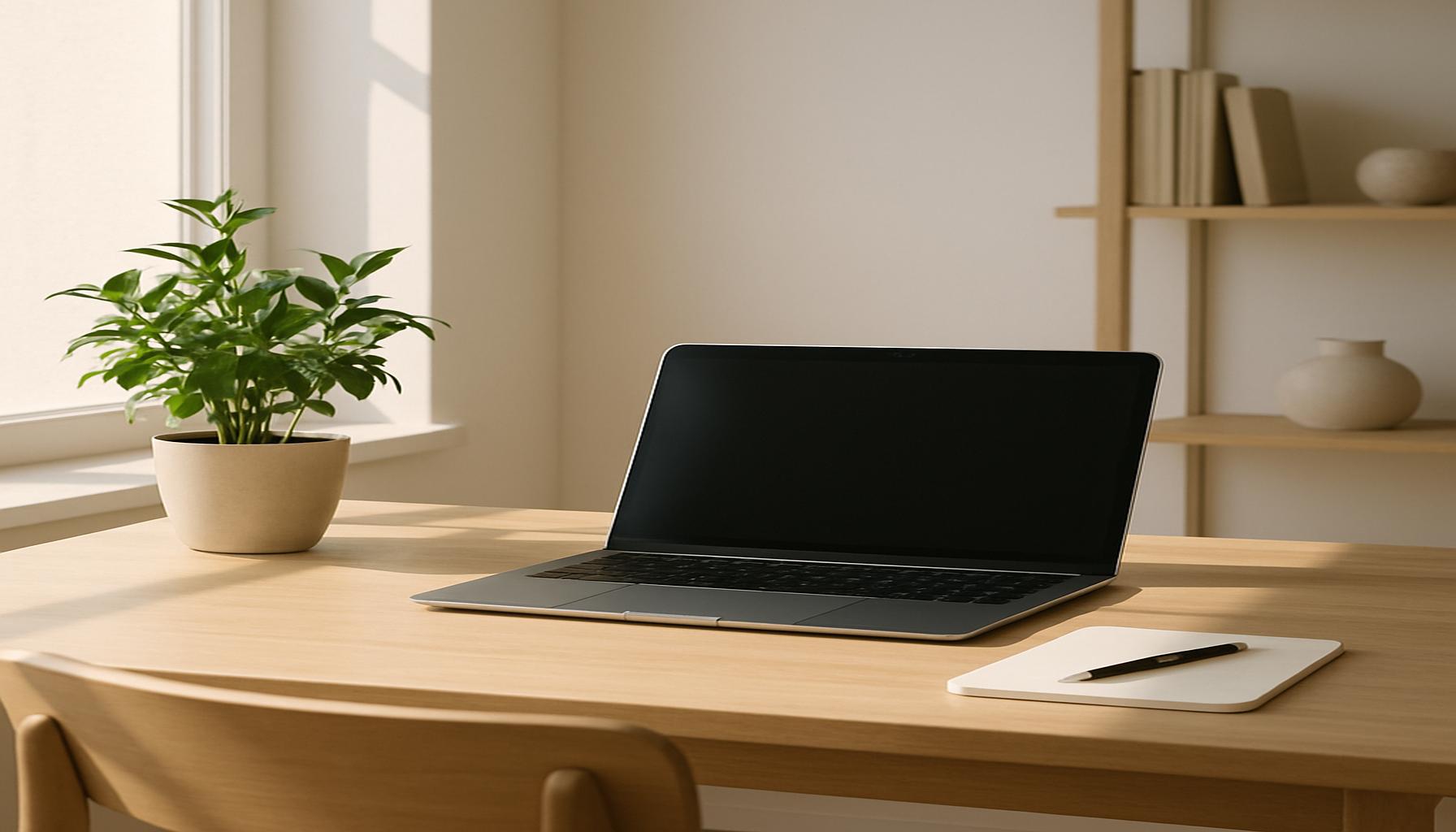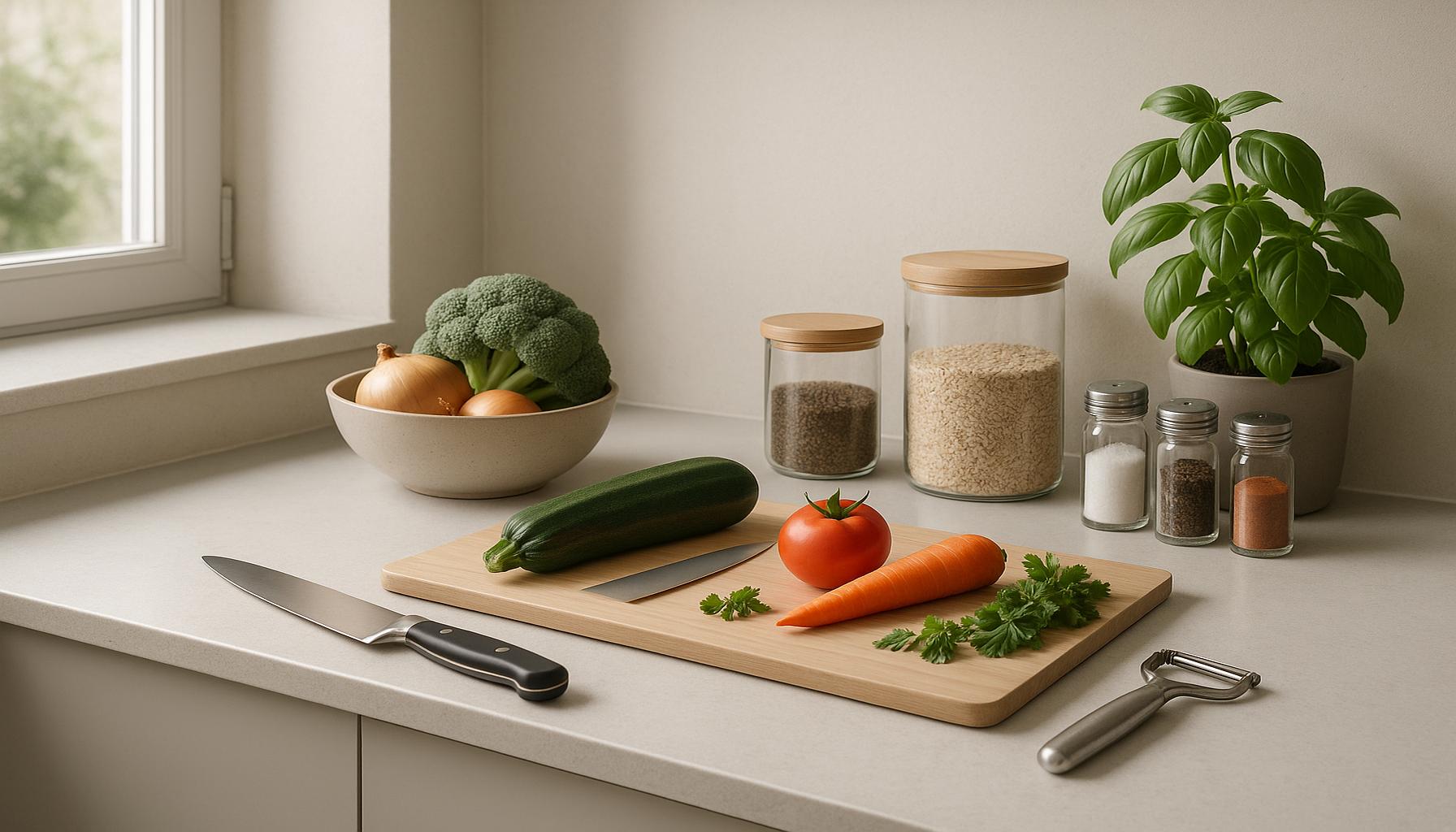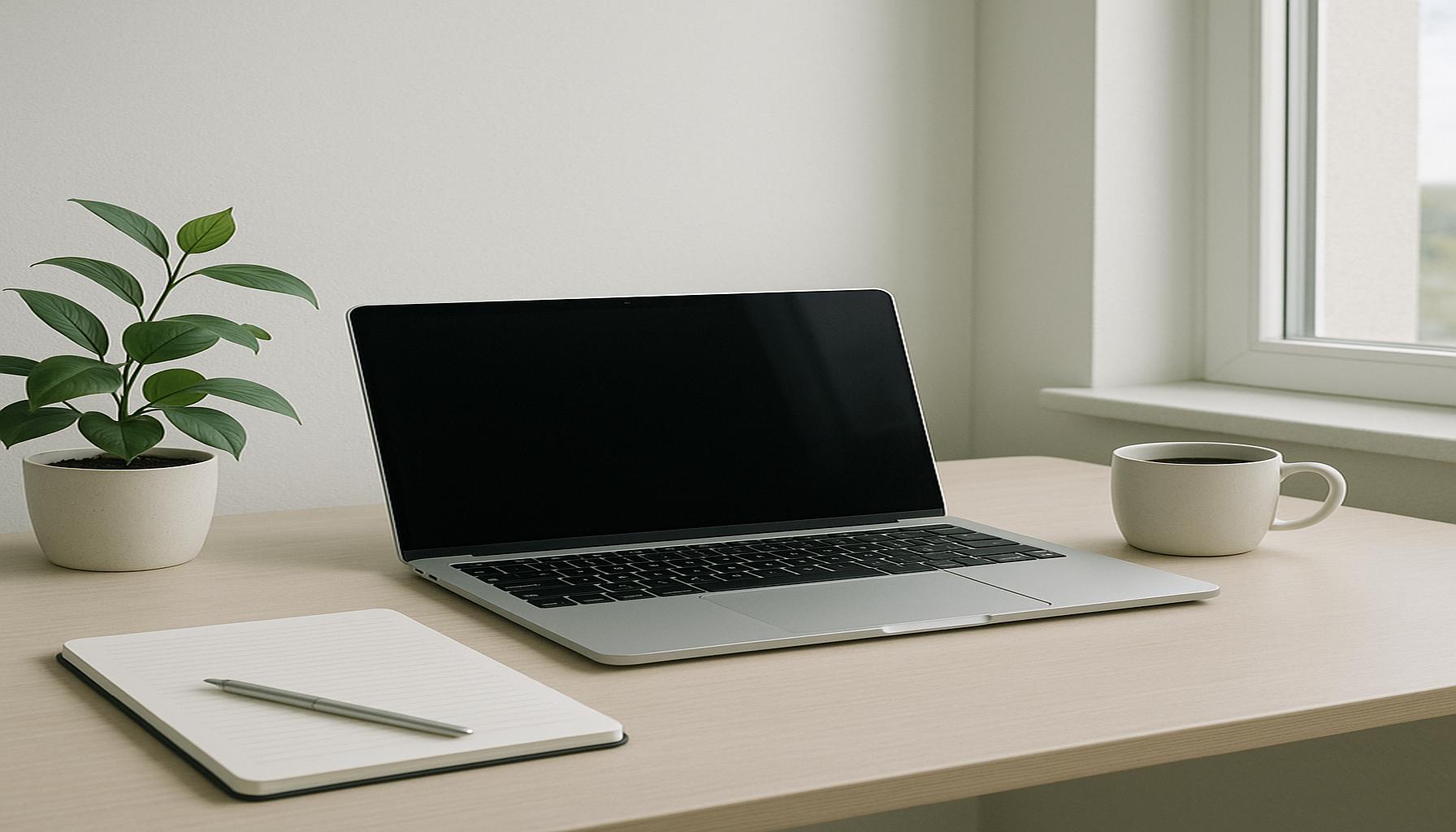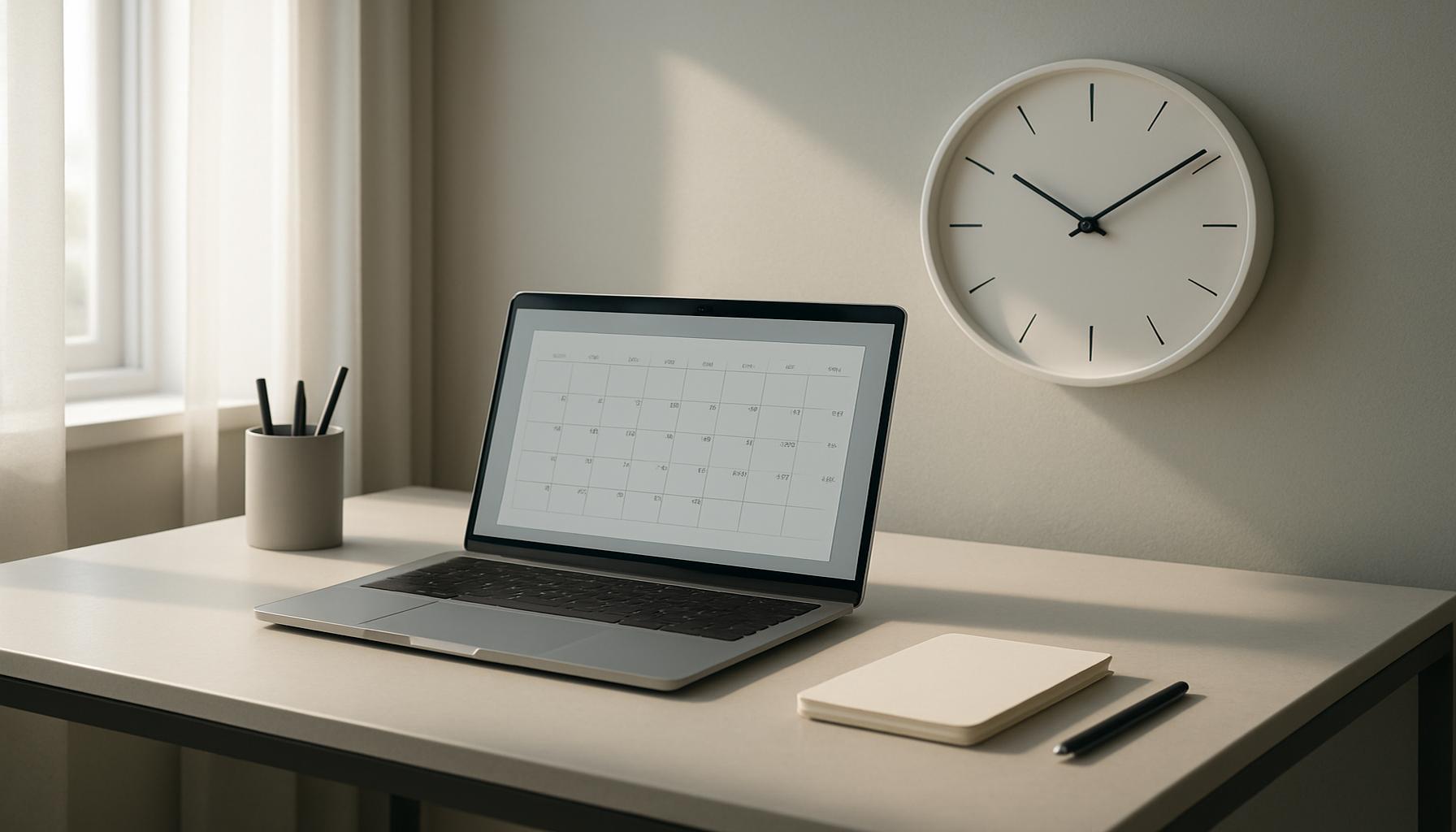Increasing Personal Efficiency Through Minimalism: Strategies to Simplify Daily Life

Understanding Minimalism
As we navigate through our busy lives, the constant pressure to do more can often lead to burnout and inefficiency. In contrast, minimalism offers a refreshing perspective that encourages us to simplify rather than overwhelm. At its core, minimalism is about making conscious choices that prioritize quality over quantity, allowing us to focus on aspects of life that genuinely matter. This philosophy isn’t limited to physical possessions; it permeates our routines, commitments, and even our mental frameworks.
Core Benefits of Minimalism
Embracing a minimalist approach can result in several notable benefits, significantly impacting our productivity and overall well-being.
- Reduced Stress: A cluttered environment often leads to a cluttered mind. By minimizing distractions, individuals can enjoy greater mental clarity, allowing them to tackle stressors more effectively. For instance, research shows that individuals who maintain a tidy workspace report lower stress levels and increased job satisfaction.
- Enhanced Focus: Simplifying your environment essentially allows for improved concentration. Studies have suggested that a cleaner space can boost cognitive performance, enabling people to immerse themselves deeply in their work without unnecessary interruptions.
- Time Savings: Minimalism helps in reducing decision fatigue. When faced with fewer choices, individuals can redirect their cognitive resources toward important tasks, leading to enhanced productivity. The famous concept of the “two-minute rule” is an excellent example: if a task takes less than two minutes, do it immediately rather than letting it accumulate.
Practical Minimalist Strategies
Transitioning to a minimalist lifestyle doesn’t have to be daunting. Simple strategies can lead to meaningful changes without overwhelming commitment. Consider adopting the following practices:
- Creating a priority list for daily tasks is an effective way to manage responsibilities. This involves listing tasks by importance and urgency, ensuring that critical tasks receive the attention they deserve.
- Limiting the number of commitments is essential. By saying “no” to non-essential engagements, you can preserve your time and energy for pursuits that align with your goals and values.
- Regularly decluttering both physical and digital spaces is also crucial. Start with one area at a time—whether it’s your workspace, kitchen, or inbox. Eliminate items or emails that no longer serve a purpose, creating a streamlined and efficient environment.
By embracing minimalism, you open doors to enhanced efficiency and productivity. The journey begins with small, manageable changes that can lead to profound improvements in both your work and personal life. As you explore various strategies to streamline your existence, you’ll likely discover newfound energy and clarity, ultimately making room for your true priorities.
DISCOVER MORE: Click here to enhance your productivity

Embracing Minimalism in Daily Life
Implementing minimalism in your daily routine begins with a shift in mindset. Recognizing that your time and energy are precious resources is essential for fostering personal efficiency. When you adopt the minimalist philosophy, you become selective about what you allocate your time and resources to, which in turn can lead to profound changes in productivity. The process of simplification encourages individuals to assess their current habits and identify areas ripe for improvement.
Identifying Essential Activities
One of the first steps in embracing minimalism is to identify activities that are truly essential. Many of us spend time on tasks that offer little value, leading to a misalignment of effort and outcomes. To effectively manage your tasks, consider employing the 80/20 principle, also known as the Pareto Principle. This principle suggests that roughly 80% of your results come from just 20% of your efforts. By pinpointing the crucial 20% of tasks that yield the most significant results, you can direct your energy towards those activities, essentially boosting your productivity.
Implementing a Digital Declutter
In our tech-heavy world, digital clutter can be just as overwhelming as physical clutter. Email inboxes filled with unread messages, disorganized digital files, and distracting notifications can derail your efficiency. Start by applying a digital decluttering strategy. This involves:
- Unsubscribing from newsletters and mailing lists that no longer serve your interests or goals.
- Organizing files</strong> on your computer and creating a streamlined folder structure that allows for easy access to important documents.
- Setting boundaries for productivity by silencing notifications during work hours, thereby minimizing distractions that can derail your focus.
By taking these steps, you not only create a clutter-free digital space but also foster an environment that encourages efficient work habits.
Streamlining Your Decision-Making Process
Another impactful strategy lies in streamlining your decision-making process. The fewer decisions you have to make, the more mental bandwidth you can allocate to your important tasks. Simplifying choices in daily activities—whether it’s your wardrobe, your meal planning, or even your morning routine—can lead to enhanced efficiency. Consider creating a capsule wardrobe, meal prepping for the week, or establishing a consistent morning ritual. This reduces the time spent deliberating over what to wear, eat, or how to start your day, freeing up mental space for higher-priority projects.
Incorporating these minimalist strategies into your daily life can help create a foundation for increased efficiency. By focusing on what truly matters and eliminating distractions, you can cultivate an environment that not only fosters productivity but also enhances your overall well-being. This transition may take time, but the cumulative effects are undeniably transformative, leading to a more rewarding personal and professional life.
| Strategy | Advantages |
|---|---|
| Decluttering Your Space | Creates a peaceful environment, reduces distractions, and enhances focus. |
| Time Blocking | Encourages dedicated work periods, improves time management, and boosts productivity. |
| Minimal Tech Use | Limits information overload, fosters meaningful interactions, and enhances mental clarity. |
| Simplified Routines | Reduces decision fatigue, promotes healthier habits, and supports consistent productivity. |
Employing strategies to simplify daily life is essential for enhancing personal efficiency. **Decluttering your space** not only creates a peaceful environment but also minimizes distractions and enhances your focus. This clearing out of physical resources translates to mental clarity, empowering you to navigate your tasks more proficiently.Integrating **time blocking** into your schedule empowers you to allocate dedicated work periods. This structured approach improves your time management skills and ultimately boosts productivity by allowing you to concentrate on a singular task.Additionally, **minimal tech use** can help limit information overload, thereby fostering more meaningful interpersonal interactions, which are crucial for mental well-being and clarity. Simplifying your daily routines reduces decision fatigue, enabling you to adopt healthier habits and maintain consistent productivity throughout your day.All these strategies harness the power of minimalism to cultivate a simpler yet more efficient lifestyle, encouraging readers to embrace minimalism and explore how these techniques might transform their daily lives.
DISCOVER MORE: Click here to boost your productivity
Creating Physical and Mental Space for Productivity
To further enhance personal efficiency through minimalism, it is essential to create both a physical and mental environment conducive to productivity. A clutter-free space not only supports focus and concentration but also reduces anxiety and promotes clarity of thought.
Assessing Your Physical Environment
Your physical surroundings play a crucial role in how you approach your daily tasks. Start by conducting a thorough assessment of your workspace. Identify items that are essential versus those that simply take up space. The One In, One Out rule can serve as a useful guideline: for every new item you bring into your space, consider removing an item you no longer need. This practice helps maintain a balanced environment while also preventing the accumulation of unnecessary belongings.
In addition to decluttering, consider the organization of your workspace. Implementing designated zones for different activities—such as a reading nook, a focused work area, and a relaxation space—can help delineate tasks and minimize distractions. Such physical distinctions can create mental associations that bolster productivity.
Incorporating Mindfulness Practices
Another vital aspect of enhancing personal efficiency through minimalism is the practice of mindfulness. Regular engagement in mindfulness techniques, such as meditation or deep breathing exercises, can help clear mental clutter and improve focus. Research indicates that mindfulness can lead to increased attention span, better memory retention, and overall heightened cognitive function.
Integrate mindfulness into your daily routine by setting aside just a few minutes each day for practices such as guided meditation or journaling. These activities can help you reflect on your priorities and goals, allowing you to align your daily actions with your larger aspirations.
Establishing Routine and Consistency
Consistency is a keystone of efficiency in both personal and professional realms. Establishing a daily routine grounded in minimalist principles can eliminate decision fatigue and optimize your time management. A uniform morning routine, for example, can set a productive tone for the day ahead. Consider integrating habits such as a short physical workout, reading, or reviewing your schedule into your morning ritual to create a sense of purpose right from the start.
Moreover, the evening is an equally important time to reflect and prepare for the next day. Create an evening ritual that includes reviewing accomplishments and setting intentions for the following day. This nightly practice allows for a lucid mind, ready to tackle the challenges that await.
Leveraging Time-Blocking Techniques
Time-blocking is a powerful method used by many successful individuals to enhance their productivity. This technique involves scheduling your tasks into dedicated blocks of time throughout your day. By assigning specific time slots for focused work, meetings, and downtime, you can minimize distractions and ensure that you remain committed to your goals. Consider using digital calendars to easily adjust your time blocks based on your daily rhythms and obligations.
Moreover, assess how long you genuinely need for each task and factor in breaks. Effective use of breaks is vital; studies suggest that taking regular, short breaks can significantly replenish your mental resources and improve long-term productivity.
By implementing these additional minimalist strategies, such as refining your physical environment, practicing mindfulness, adhering to a consistent routine, and engaging in time-blocking, you can cultivate an efficient and fulfilling daily life. The transition requires commitment, but the rewards—greater clarity, reduced stress, and increased productivity—are well worth the effort.
DISCOVER MORE: Click here to simplify your mind
Conclusion: Embracing Minimalism for Enhanced Efficiency
In a world characterized by constant distractions and an ever-growing list of tasks, increasing personal efficiency through minimalism emerges as a compelling strategy for simplifying daily life. As explored in this article, the integration of minimalist principles can profoundly impact not only your physical workspace but also your mental state. Establishing a clutter-free environment prioritizes focus, while mindfulness practices encourage a clear outlook on life and work.
The journey towards minimalism requires a thoughtful evaluation of your surroundings and routines. Implementing techniques such as the One In, One Out rule, designated activity zones, and time-blocking can create an organized space that fosters productivity. Additionally, adopting a consistent daily routine can streamline decision-making and optimize your time management, allowing you to devote more energy to what truly matters.
As you embark on this transformative path, consider it more than just a method; think of it as a holistic lifestyle change aimed at liberating you from the chaos of excess. The benefits are substantial: from heightened productivity to diminished stress levels and greater overall satisfaction. By embracing minimalism, you are not merely simplifying your life; you are strategically enhancing your efficiency and reclaiming your time.
In conclusion, minimalism is not a one-size-fits-all solution but a customizable approach tailored to your unique circumstances. Explore the strategies that resonate with you, and open the door to a more efficient, fulfilling life. With commitment and creativity, the path to a simplified existence is within reach, inviting you to discover just how much more you can achieve.


